Corkscrews and the City
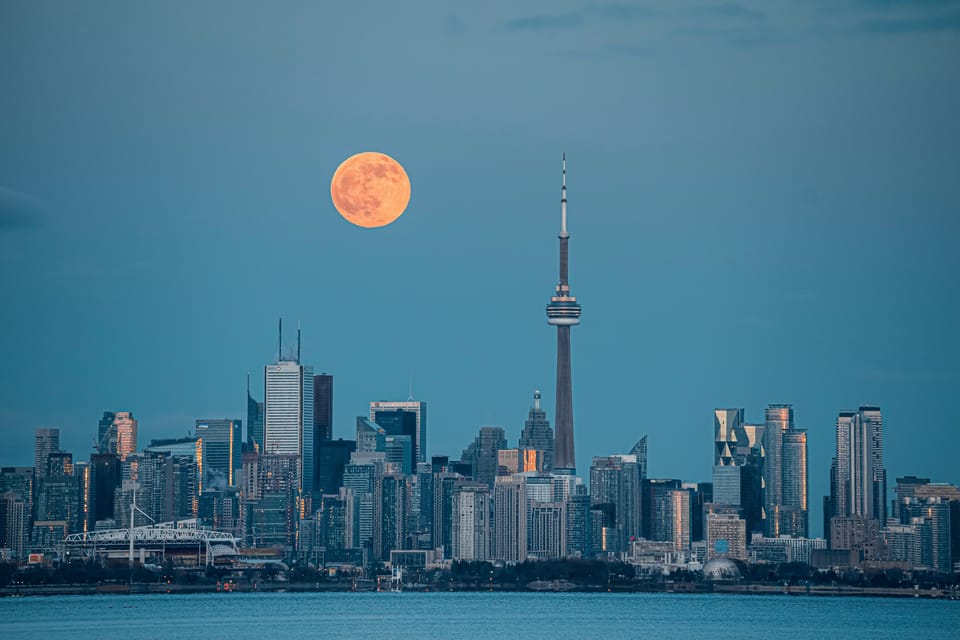
The weekly micro-decorating newsletter * Issue 12 of 13, W24 *
Subscribe free *
Sometimes a single object can take you on an unexpected journey. It happened to me recently while studying an unusual corkscrew at Atomic Design, a store that's a regular pitstop on my weekend adventures around the city. The piece has already found a prominent spot in my dining room:
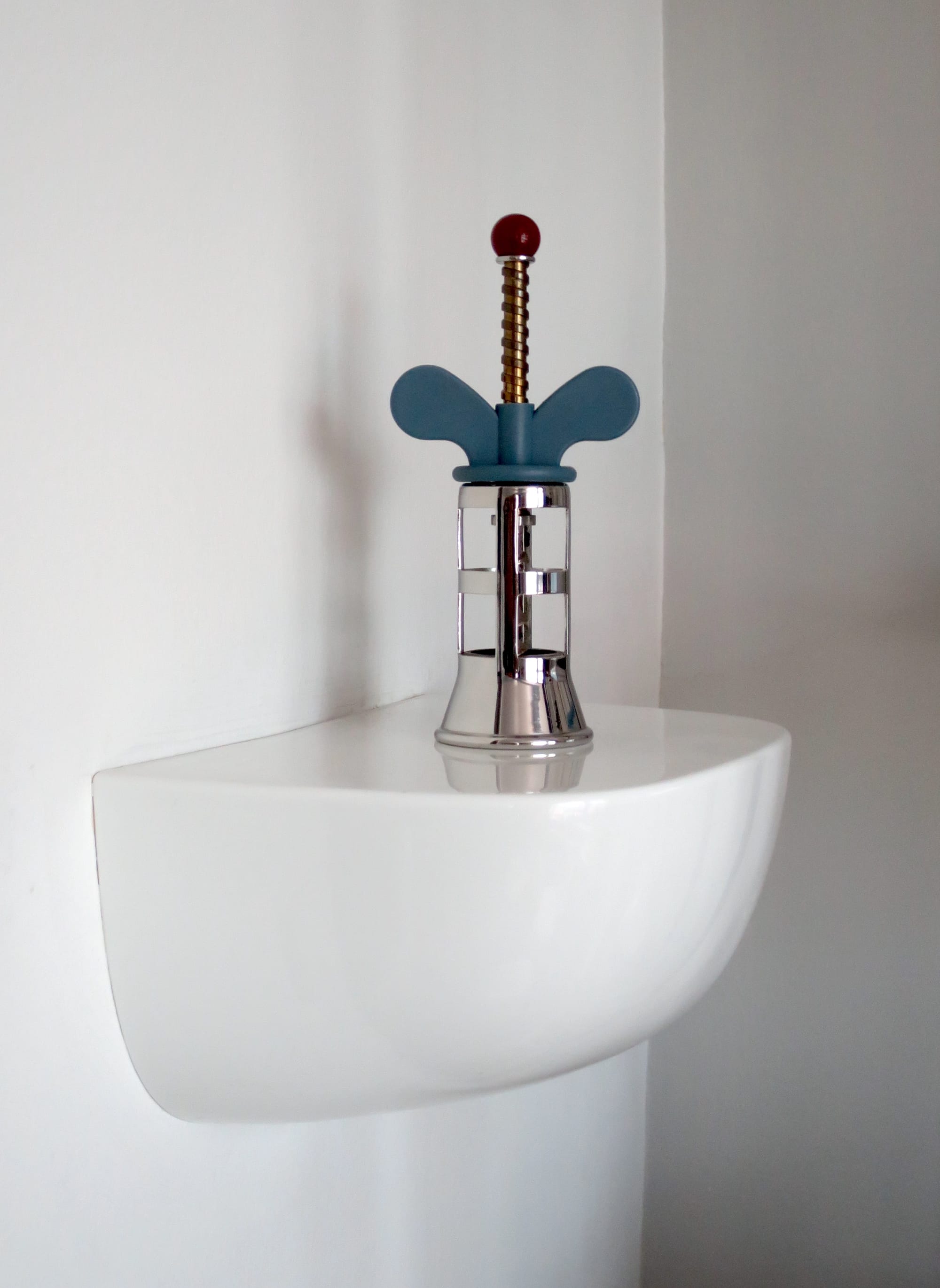
I commented to Lawrence, the shop owner, that the handle reminded me of Mickey Mouse ears – and he informed me that the designer, architect Michael Graves, was known for his collaborations with Disney. The connection made perfect sense: a cartoony small-scale object invented by the same person who created large-scale magic with animation's trailblazers.
At home, I looked up buildings by Michael Graves and came across his corporate headquarters for Disney in Burbank, California, merging the structure of the Greek Parthenon with sculptures of the Seven Dwarfs from "Snow White:"
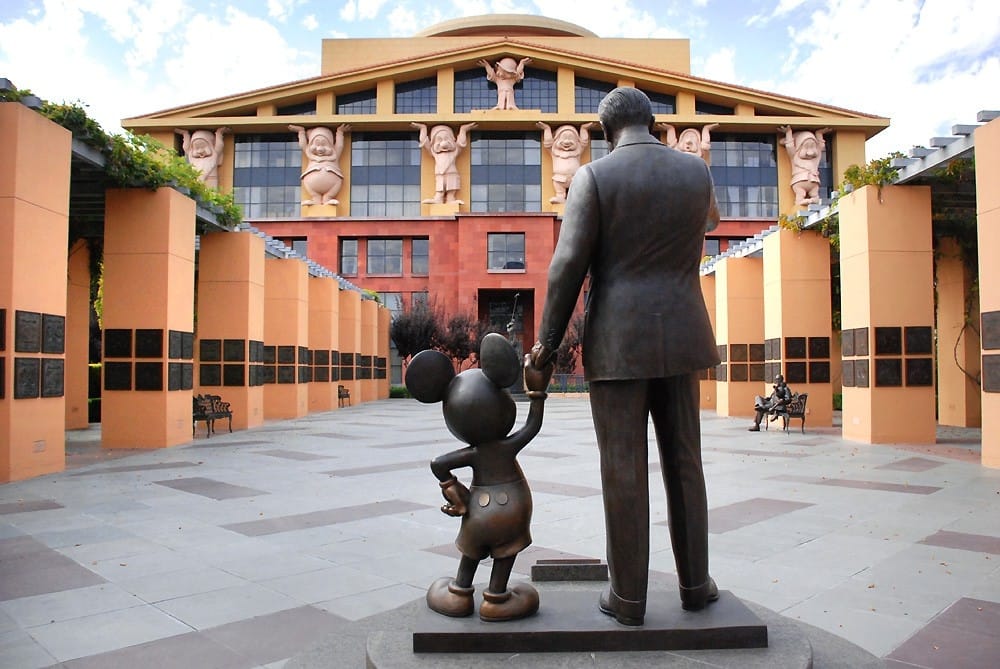
In fact, many buildings by Graves have the loopy energy of something drawn by an animator.
He designed the corkscrew for Alessi in the late eighties, and if it's like a condensed version of his buildings, it has a way of implying a cityscape when mixed with other objects. I like playing around with how it looks combined with assorted favourites:
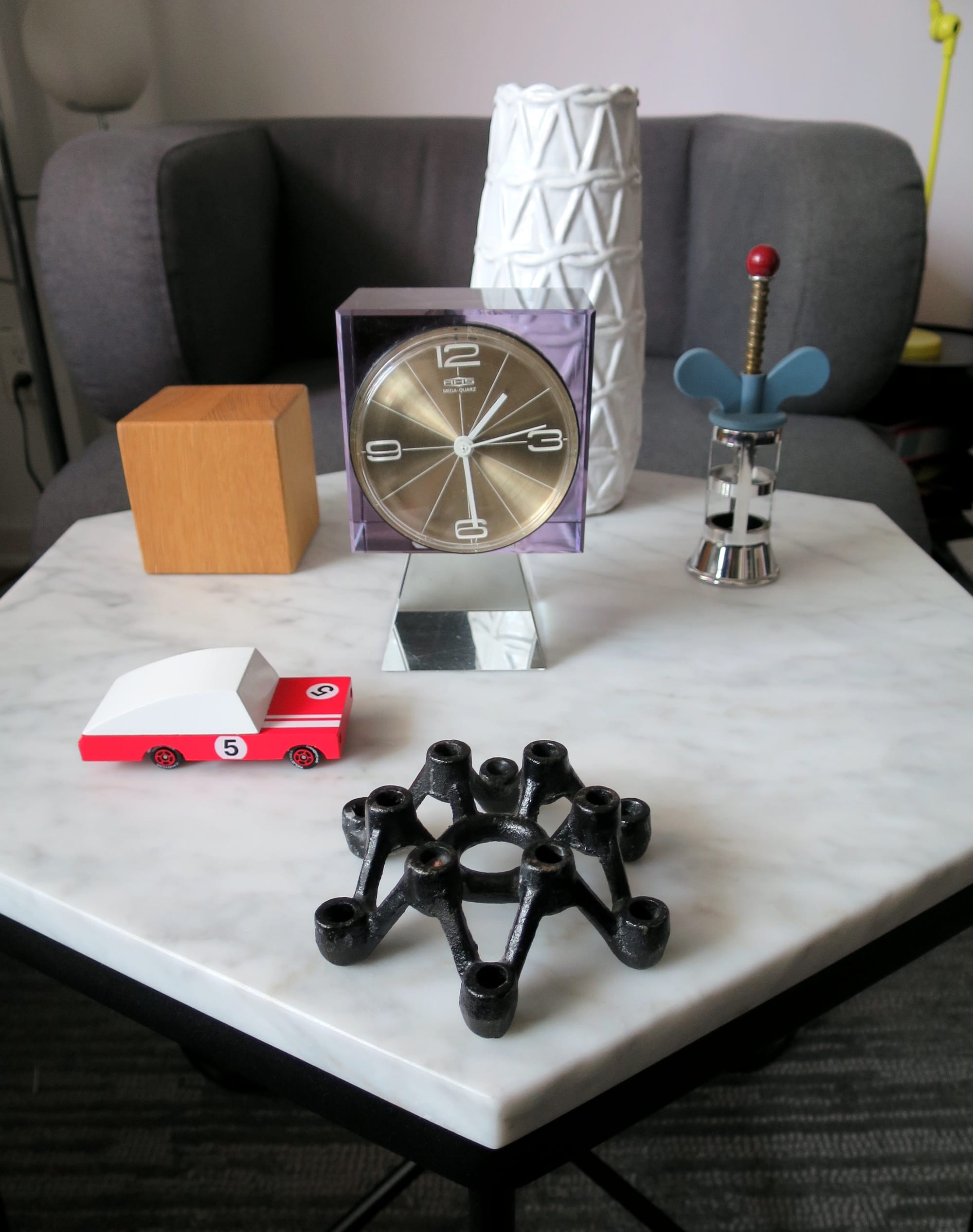
Think of yourself as a tabletop architect when arranging things on a surface. It's a world of your making, free of building codes and construction permits. Anything is possible.
Every so often, you'll find a design object that's like a readymade cityscape. At Mrs. Huizinga, I recently picked up a set of white ceramic vases that came attached in formation on a tray of the same material. It has the eclectic unity of a modern skyline, encouraging appreciation of one bloom at a time:
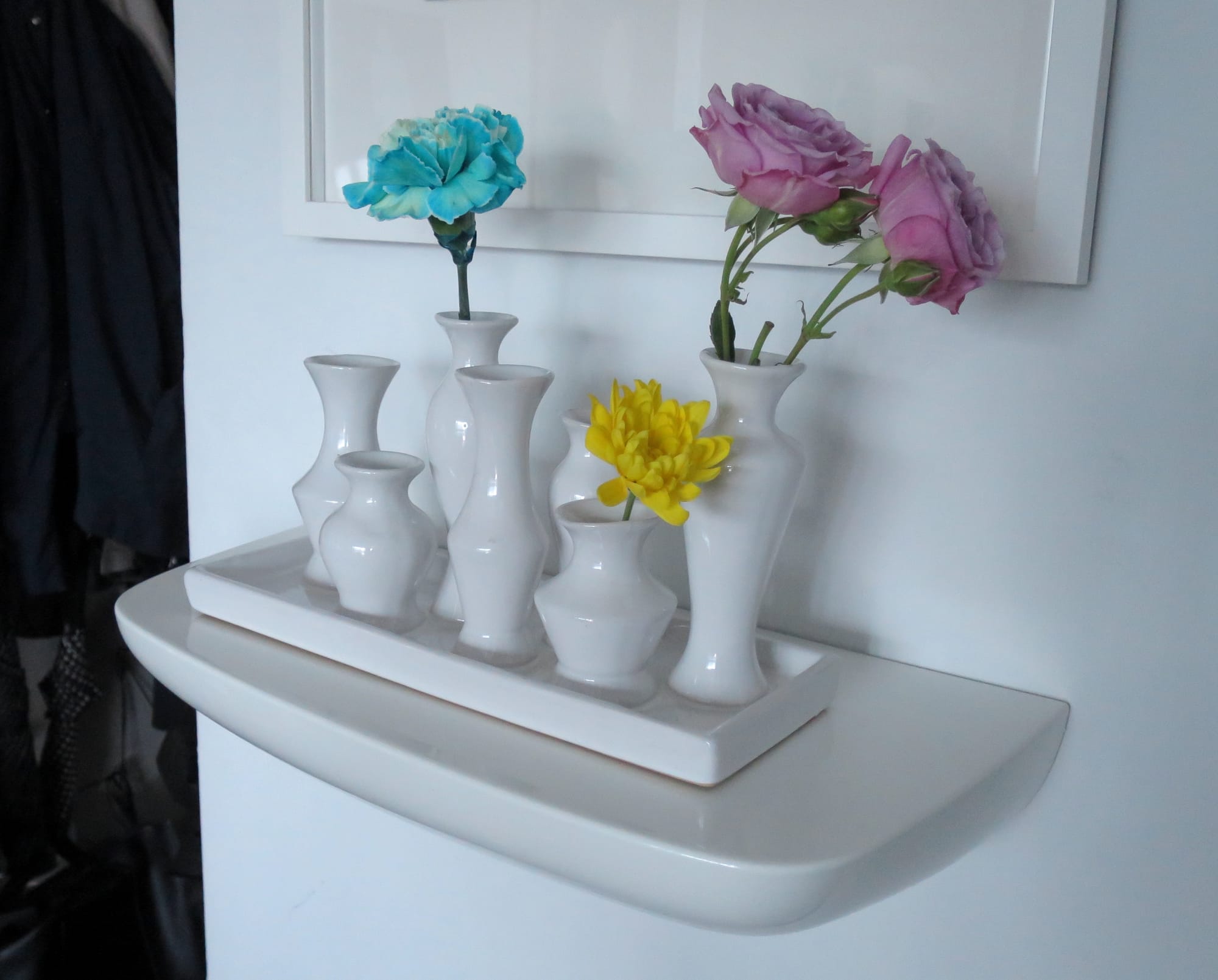
If you're looking for some inspiration to kickstart your career as a designer of interior cityscapes, I recommend a visit to Toronto's City Hall. Just past the entryway to the left is a scale model of the downtown core, allowing you to hover overhead like a visionary planner:
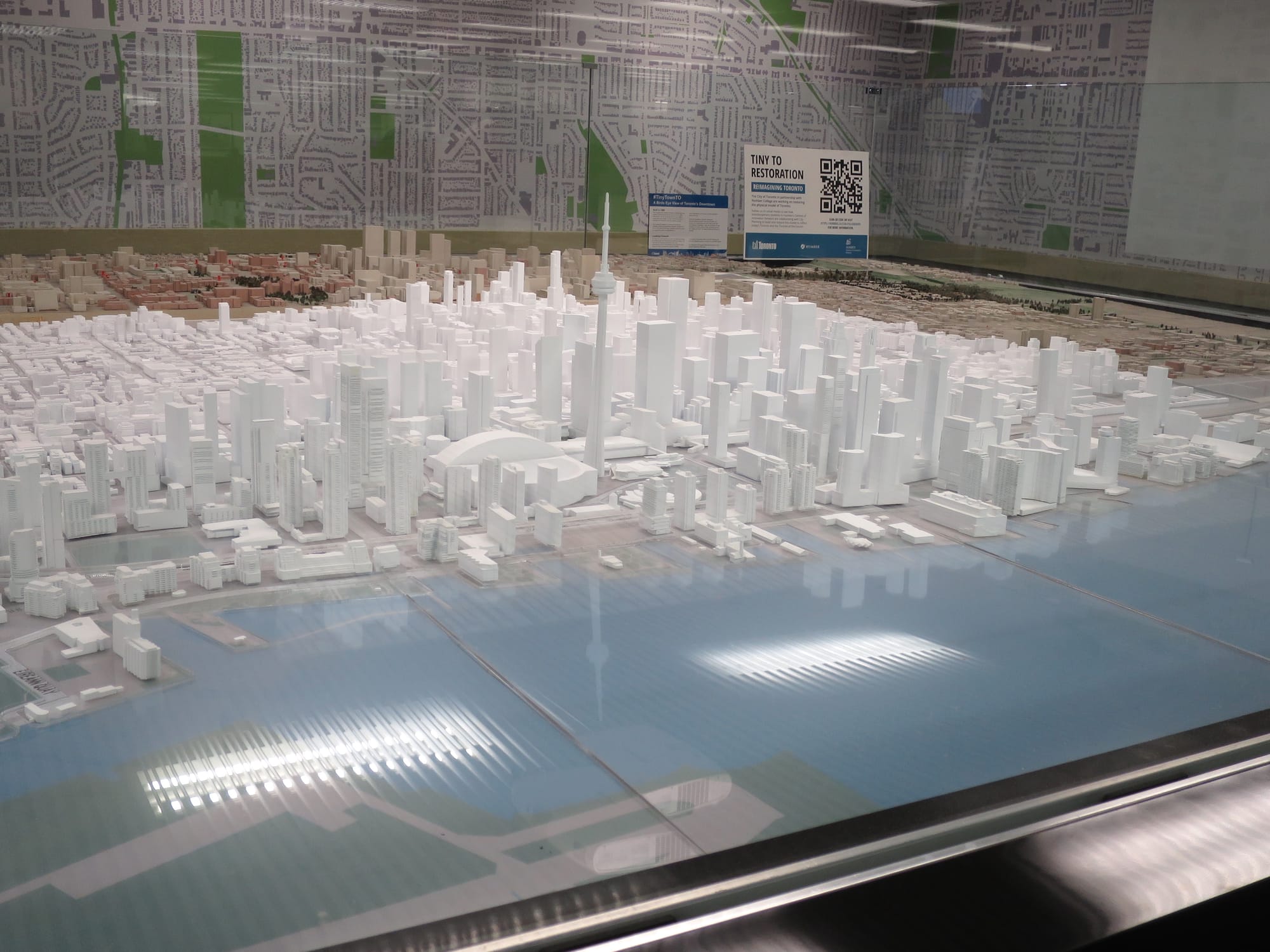
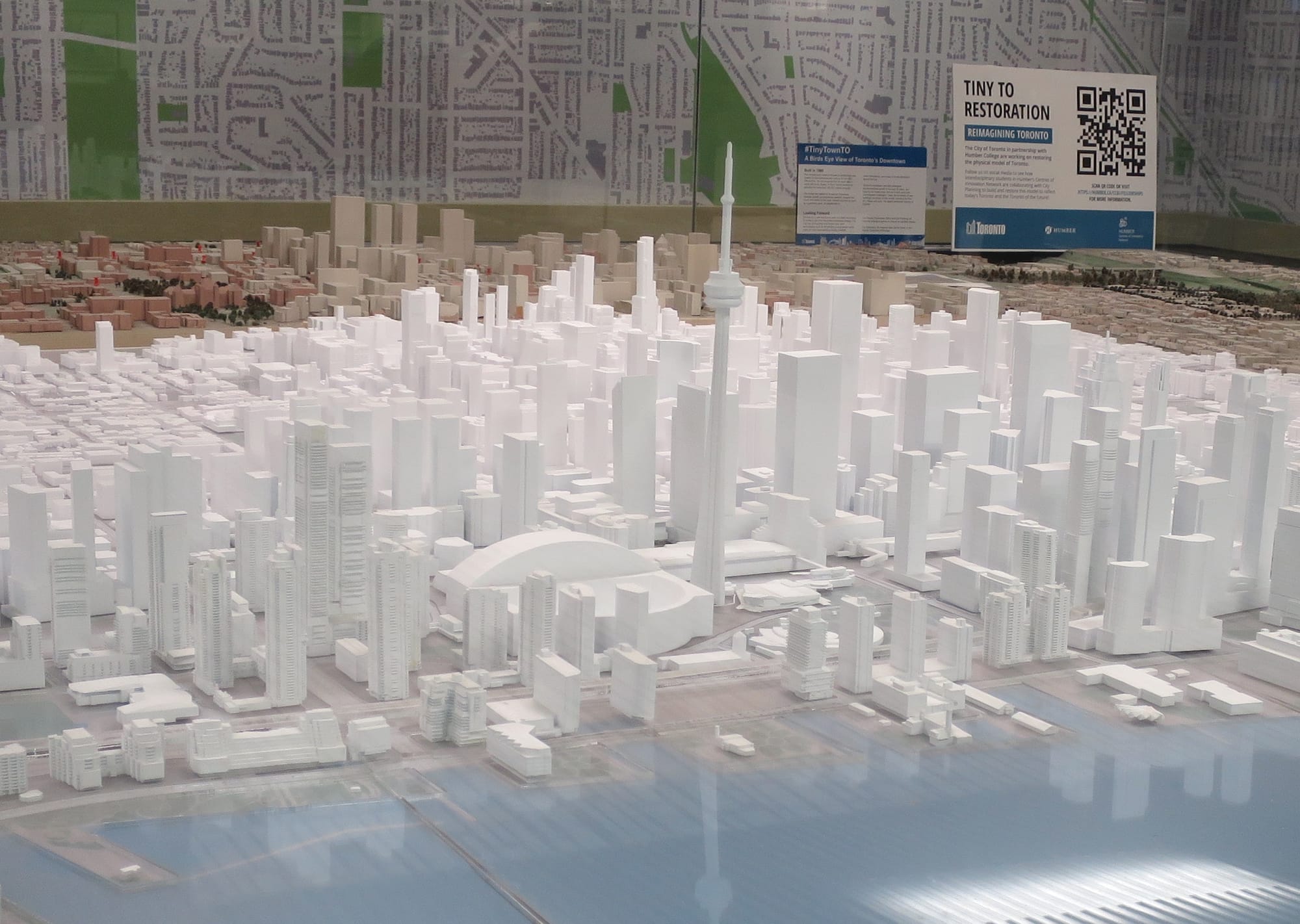
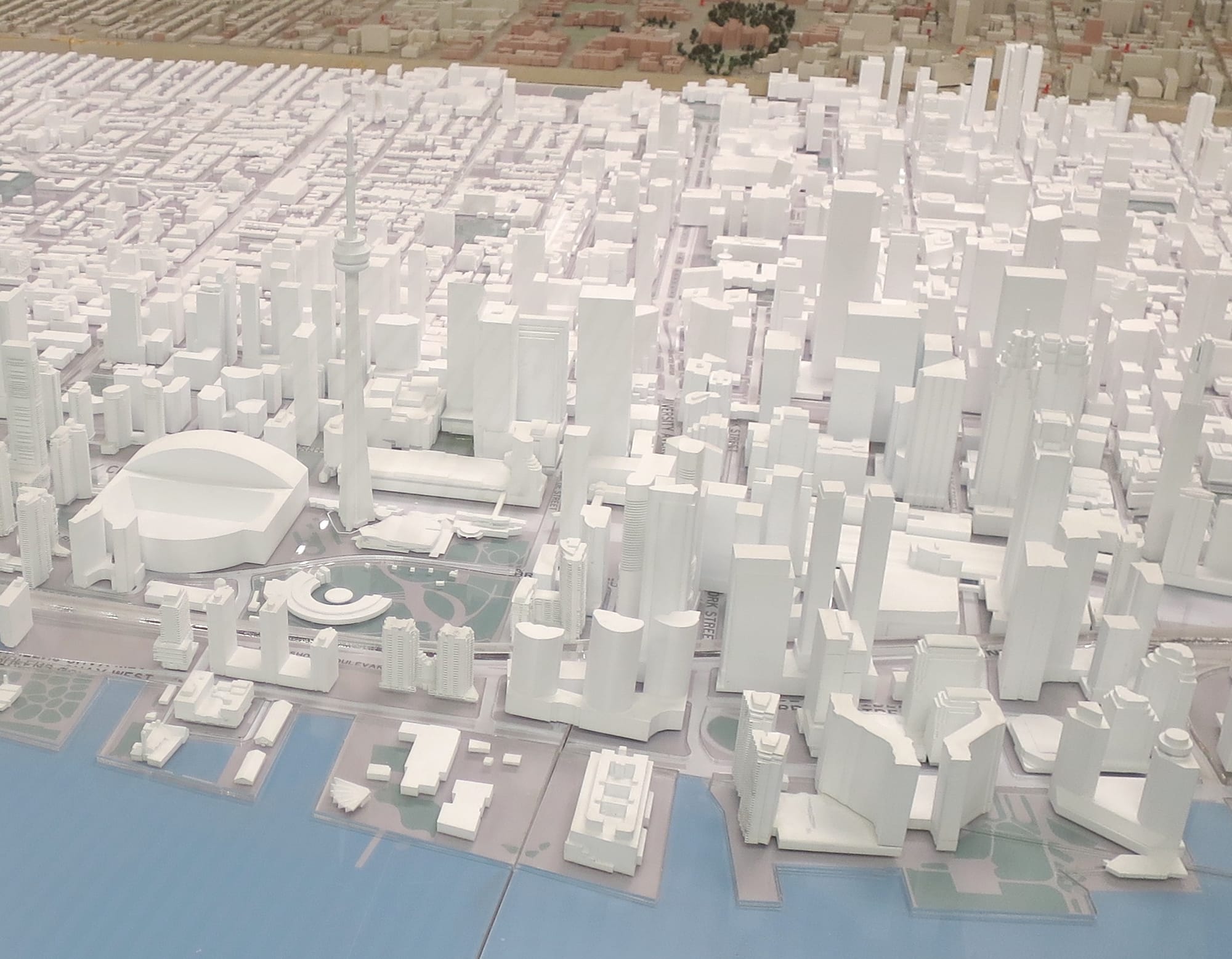
As a pedestrian in the city, you might feel powerless in the face of condos sprouting everywhere. Here, you're in charge, imagining what should go where, and when.
Bring that creativity home, start rearranging your beloved possessions, and you're on your way to making an environment that's truly yours.
From the archives
The secret kinship of buildings and objects is something we've investigated before. Take a look at How to bring architecture home, and How this new TTC entrance can transform your interior, both available to newsletter subscribers only.
Elsewhere
If you're a Torontonian of a certain age, you'll likely remember the influential shop Karelia, which introduced our city to Scandinavian design in the sixties and seventies. I recently discovered that its founder, Janis Kravis, created a potent record of the store's history at karelia.ca. It's a fun site to explore, and you even get to crash the 1973 launch party of the Manulife Centre outpost. Enjoy!
Thank you for reading.







Member discussion